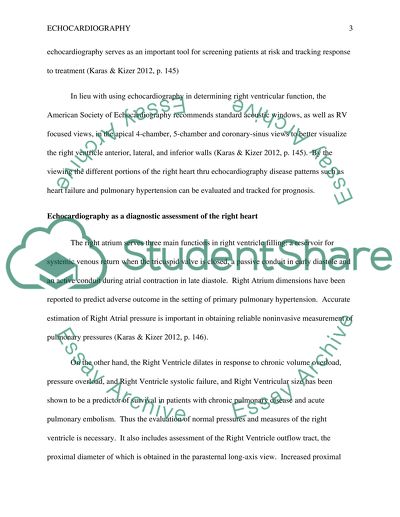Cite this document
(“Echocardiography Research Paper Example | Topics and Well Written Essays - 1000 words”, n.d.)
Echocardiography Research Paper Example | Topics and Well Written Essays - 1000 words. Retrieved from https://studentshare.org/health-sciences-medicine/1462920-echocardiography
Echocardiography Research Paper Example | Topics and Well Written Essays - 1000 words. Retrieved from https://studentshare.org/health-sciences-medicine/1462920-echocardiography
(Echocardiography Research Paper Example | Topics and Well Written Essays - 1000 Words)
Echocardiography Research Paper Example | Topics and Well Written Essays - 1000 Words. https://studentshare.org/health-sciences-medicine/1462920-echocardiography.
Echocardiography Research Paper Example | Topics and Well Written Essays - 1000 Words. https://studentshare.org/health-sciences-medicine/1462920-echocardiography.
“Echocardiography Research Paper Example | Topics and Well Written Essays - 1000 Words”, n.d. https://studentshare.org/health-sciences-medicine/1462920-echocardiography.


